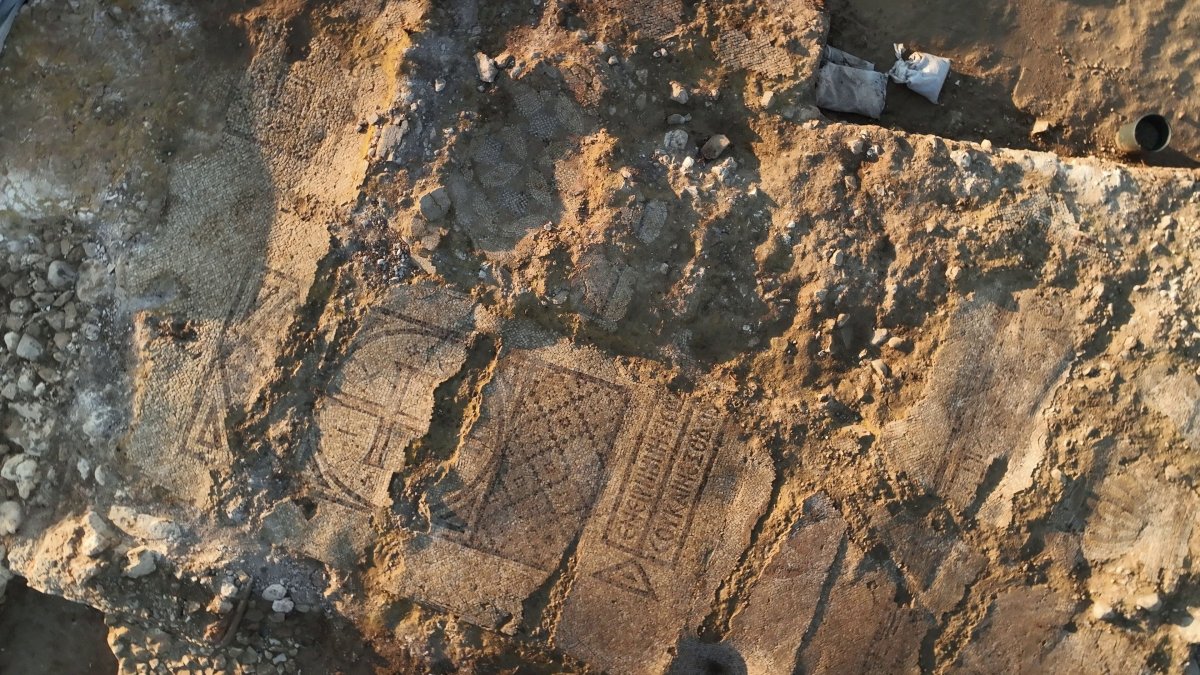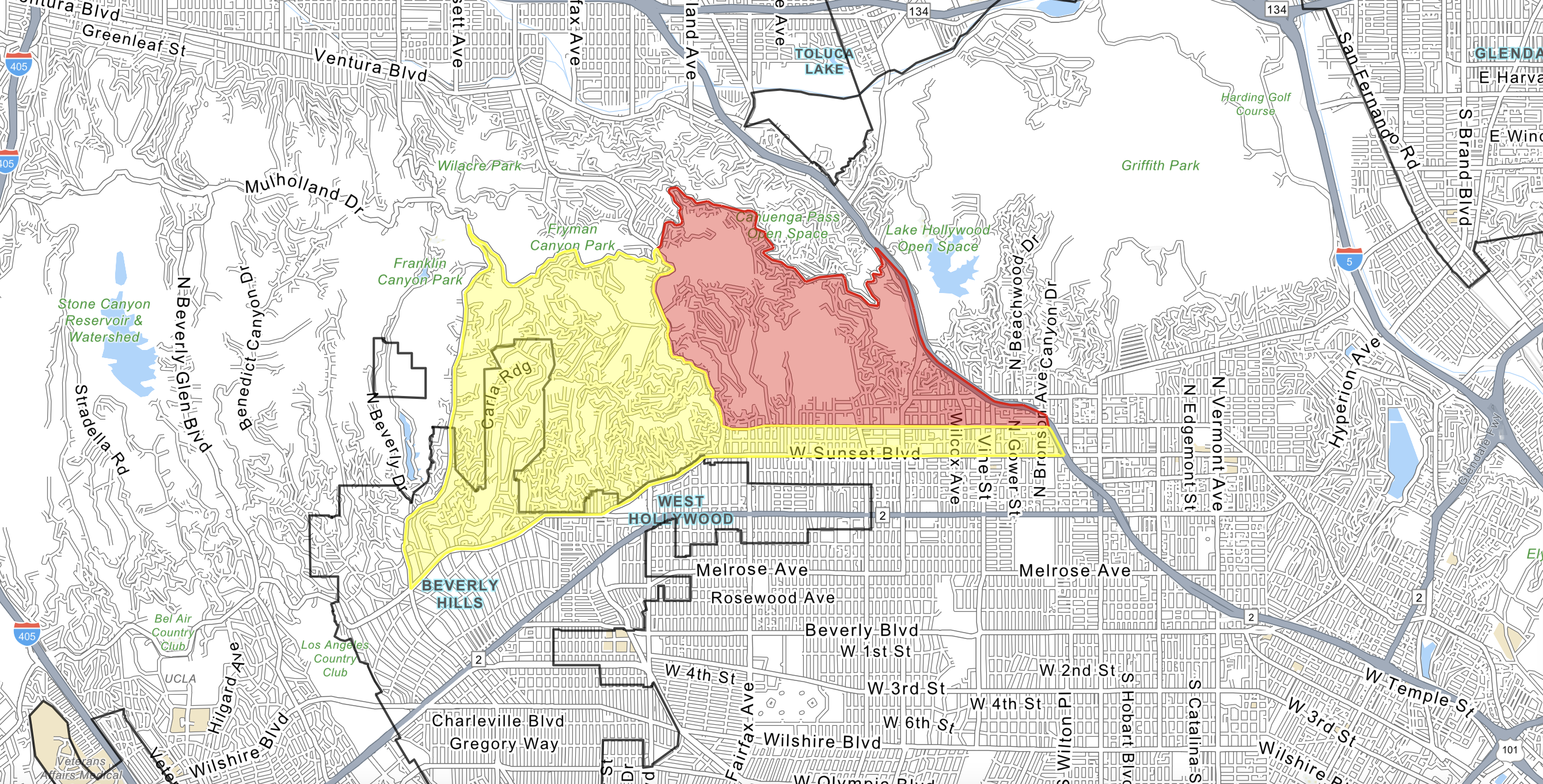Archaeologists have uncovered the remains of a significant Christian monastery dating back to roughly 1,500 years ago at a site in Israel.
The remains include a remarkable colorful mosaic floor with an inscription written in Greek—taken from the Book of Deuteronomy—that translates roughly to: "Blessed are you when you come in and blessed are you when you go out."
The monastery dates to the 5th-6th centuries A.D. during Israel's Byzantine era. In this time period, which lasted from the early 4th century to the early 7th century, Israel was part of the Eastern Roman Empire—now commonly referred to as the Byzantine Empire.
The period was characterized by the spread of Christianity and the construction of important sites associated with the religion, such as the Church of the Holy Sepulchre in Jerusalem.

The monastery was unearthed during an excavation by the Israel Antiquities Authority (IAA) just north of the modern city of Kiryat Gat. The religious complex forms part of an ancient settlement that dates back to the preceding Roman period, which lasted from the 1st century B.C. to the 4th century.
"The early settlement is sited on a central road junction connecting the mountain region to the coastal plain," archaeologists Shira Lifshitz and Maayan Margulis, excavation managers on behalf of the IAA, said in a statement. "It apparently served the area's smaller settlements as well as travelers passing by.
"This is the largest and most significant Roman and Byzantine period site uncovered in this area. The findings indicate a succession of settlement starting from the early Roman period and through until the end of the Byzantine period."
What kind of artifacts or features were found?
The monastery's mosaic floor features depictions of crosses, lions, doves, an amphora (a type of container vessel used in antiquity), flowers and geometric patterns. In its center lies the ancient inscription written in Greek, a language that was widely used in the region at the time the monastery was constructed, particularly in religious and administrative contexts.
"The mosaic discovered in Kiryat Gat is one of the most unique ever found in Israel," Mark Avrahami, head of artistic conservation at the IAA, said in the statement.

Experts plan to relocate the mosaic floor to an open area in Kiryat Gat that will be made accessible to the public.
"Transferring mosaics is a complex process that requires great skill and precision," Avrahami said. "Soon, the ancient mosaic will be moved to the Israel Antiquities Authority's mosaic workshop for preservation before being displayed in the city."
Archaeologists also found numerous artifacts within the monastery and its surroundings, including a significant quantity of imported wares, coins, marble elements, metal and glass vessels—all of which attest to the significance of the community that lived at the site.
Besides the monastery itself, researchers uncovered the remains of other structures and buildings, including a very sophisticated wine press and a large warehouse, as well as evidence of local pottery production.
Do you have a tip on a science story that Newsweek should be covering? Do you have a question about archaeology? Let us know via science@newsweek.com.
![SOURCE SPORTS: [WATCH] Mets Capt. David Wright Gives Interesting Insight On The Honor Of His Jersey Retirement In Citi Field](https://thesource.com/wp-content/uploads/2025/01/01fs75fy836w8mp4ytwr.webp)



















 English (US) ·
English (US) ·